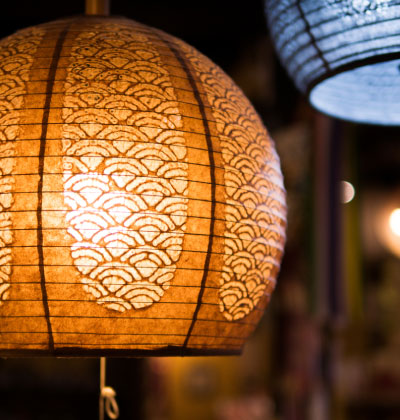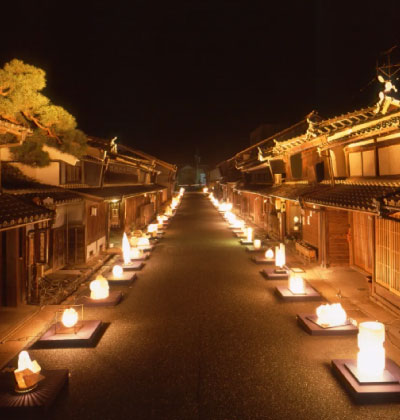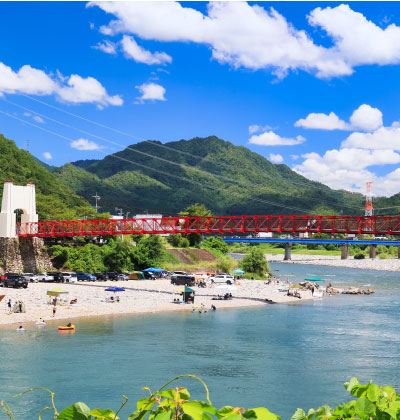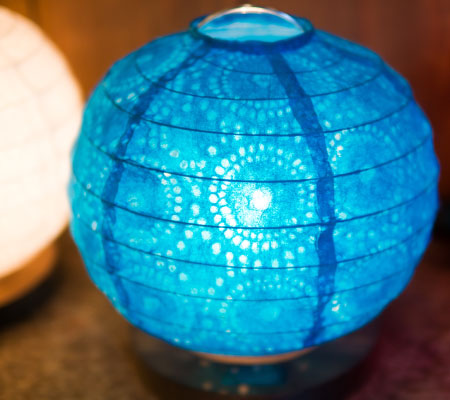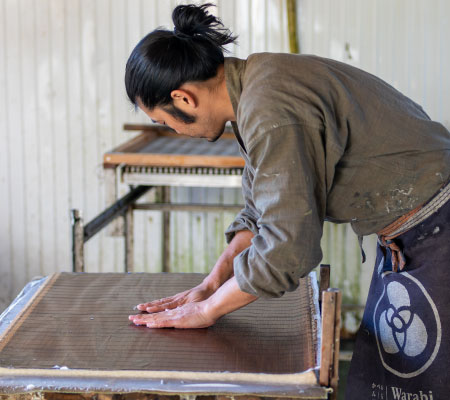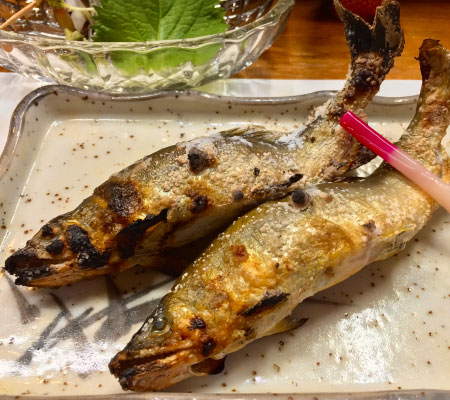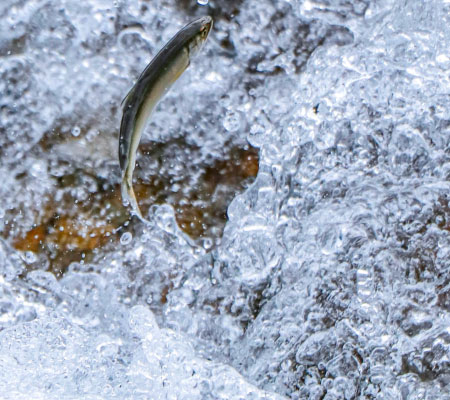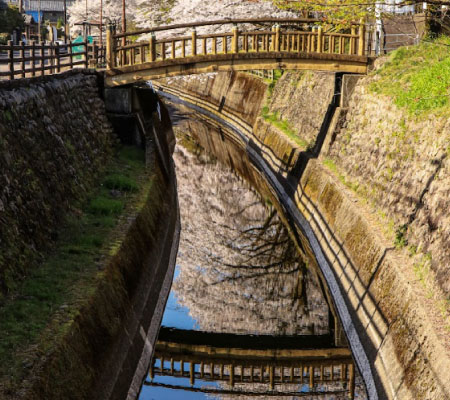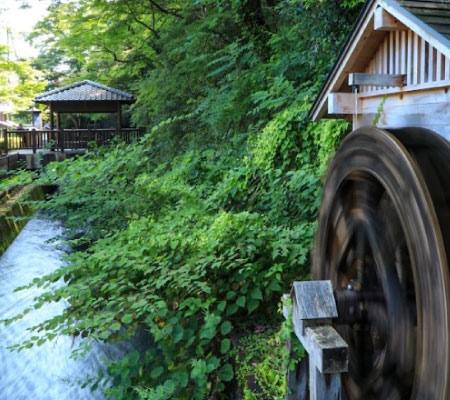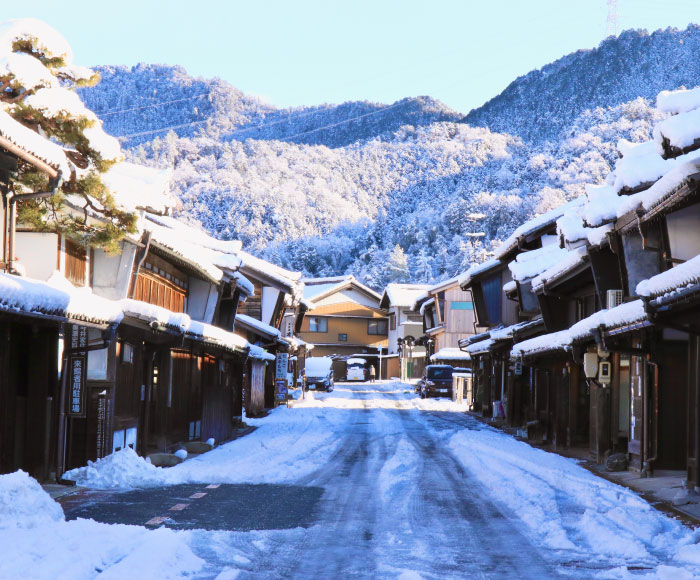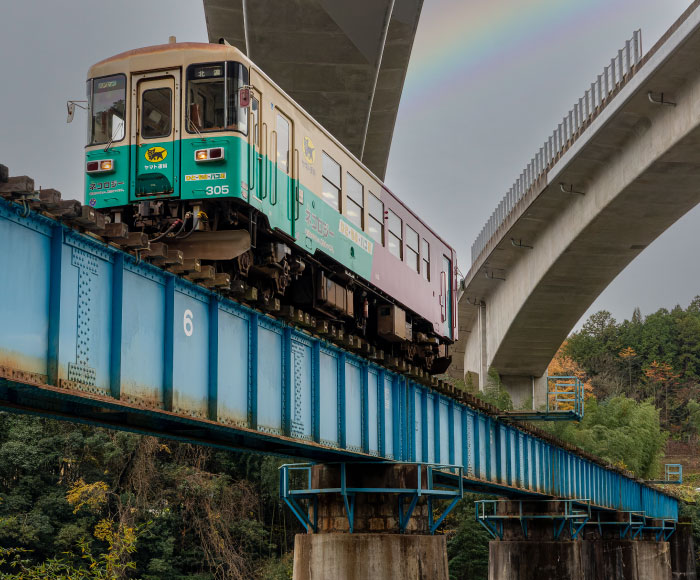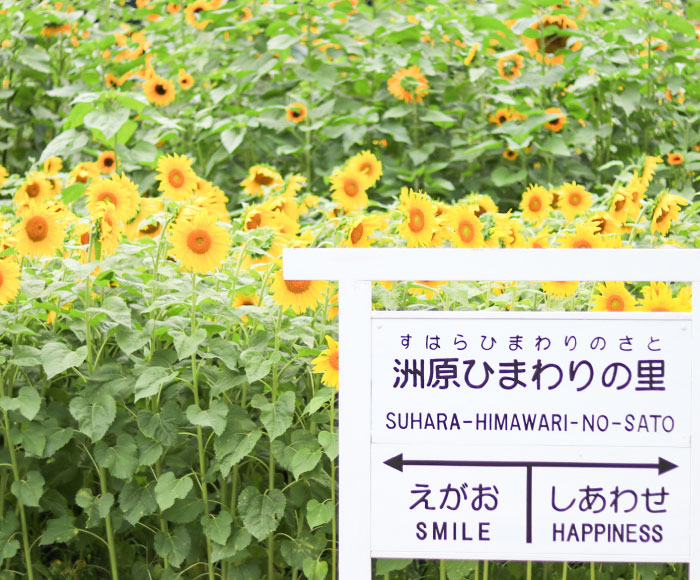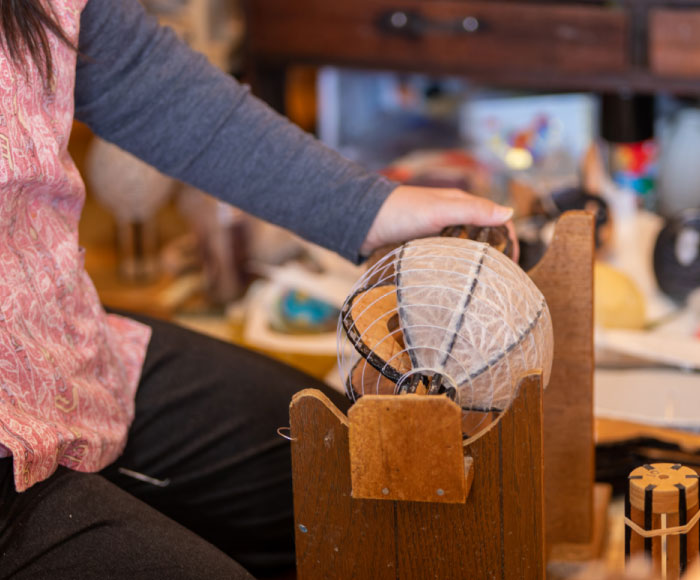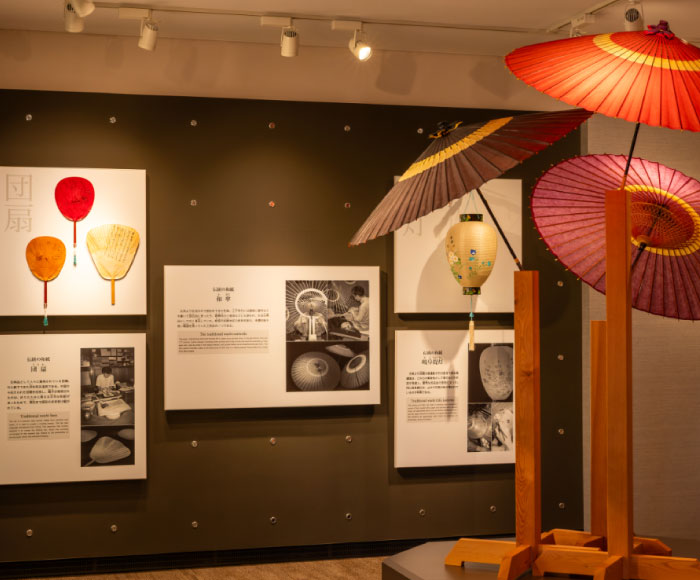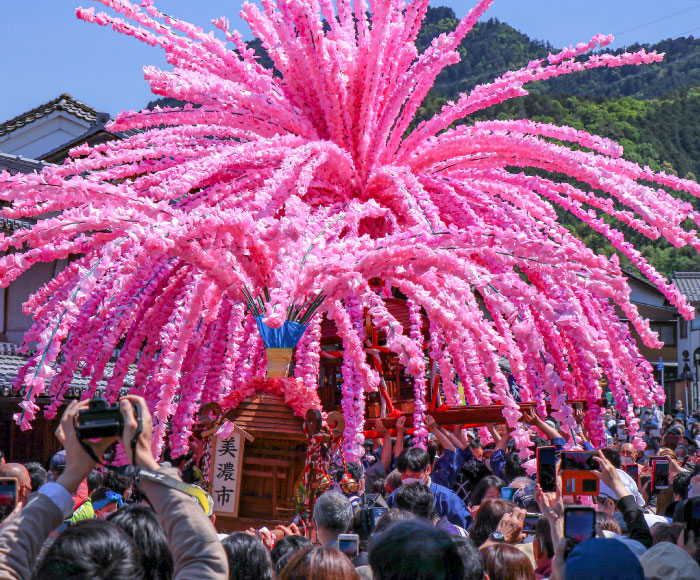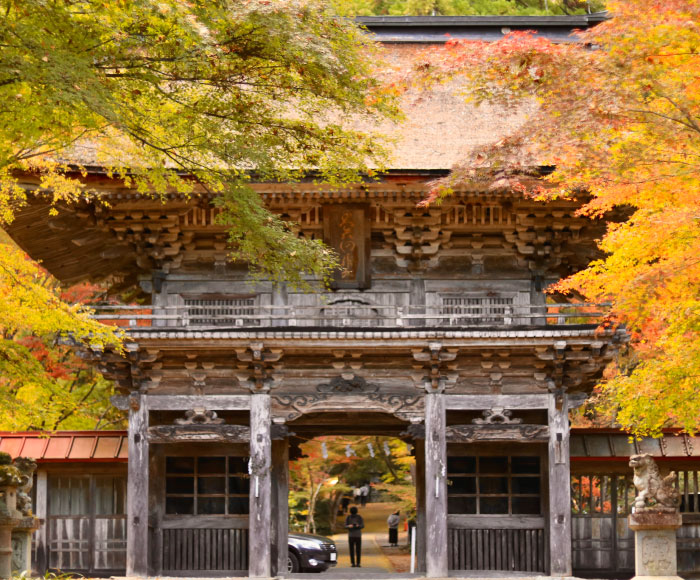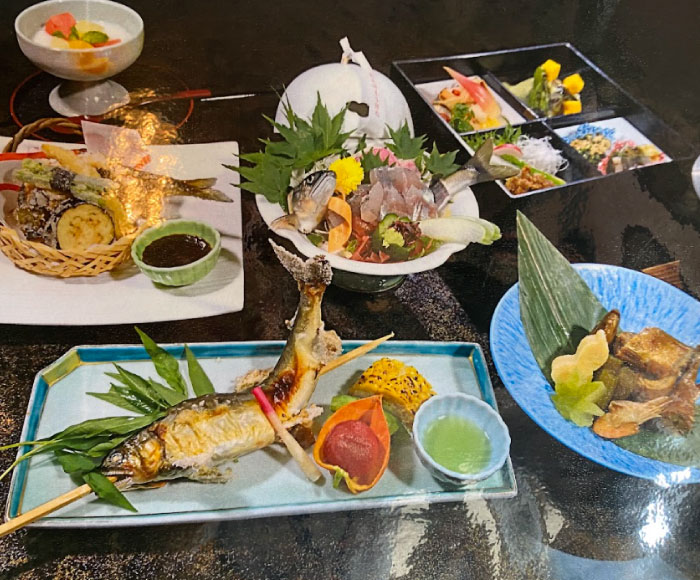-
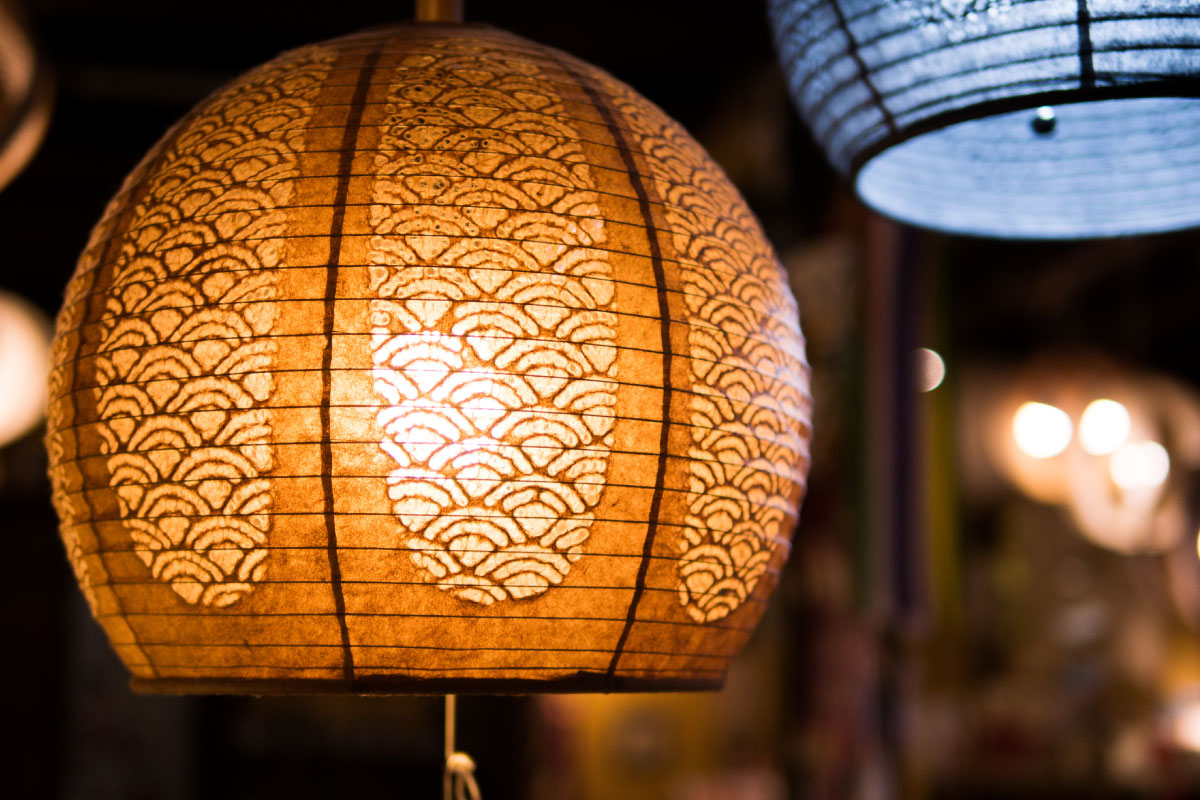
Mino Washi
Mino Washi is a traditional Japanese paper made in Mino City, which is registered as a UNESCO Intangible Cultural Heritage.
-
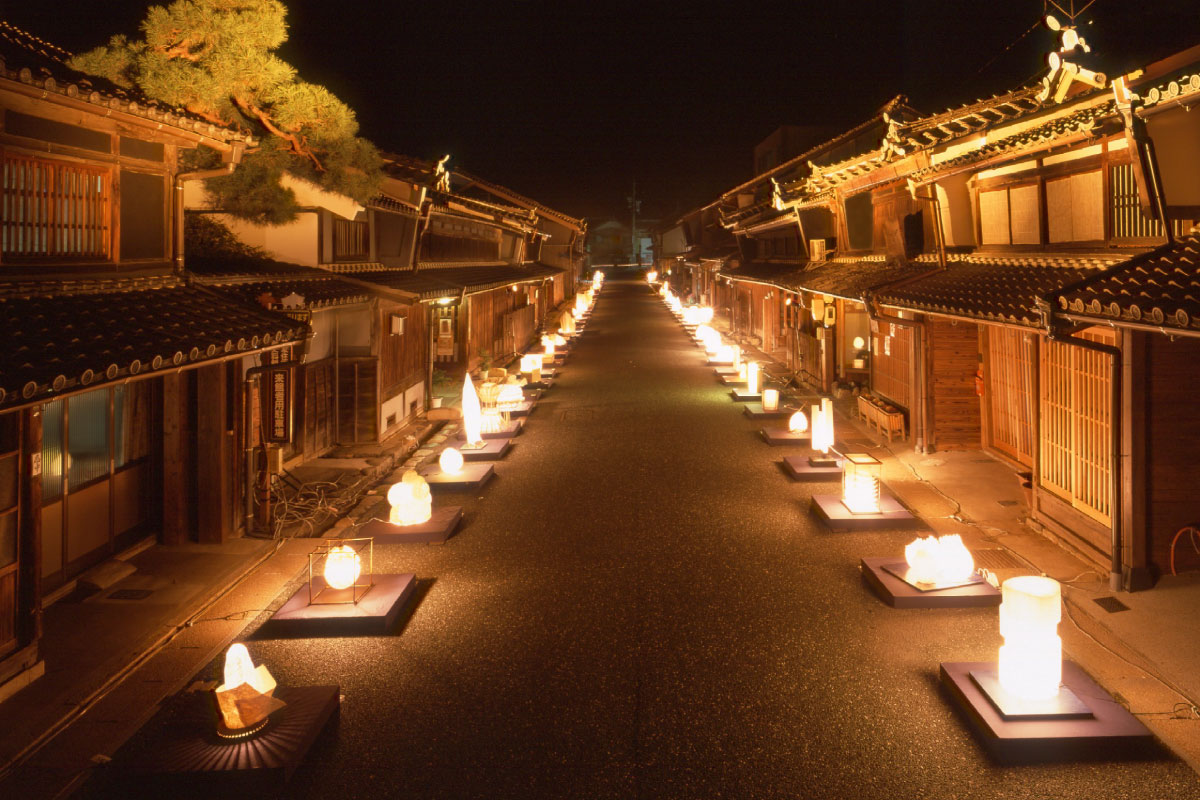
Mino Washi Akari Art Festival
This wonderful display features about 400 light artworks using Mino Washi and is illuminated with soothing lights.
-
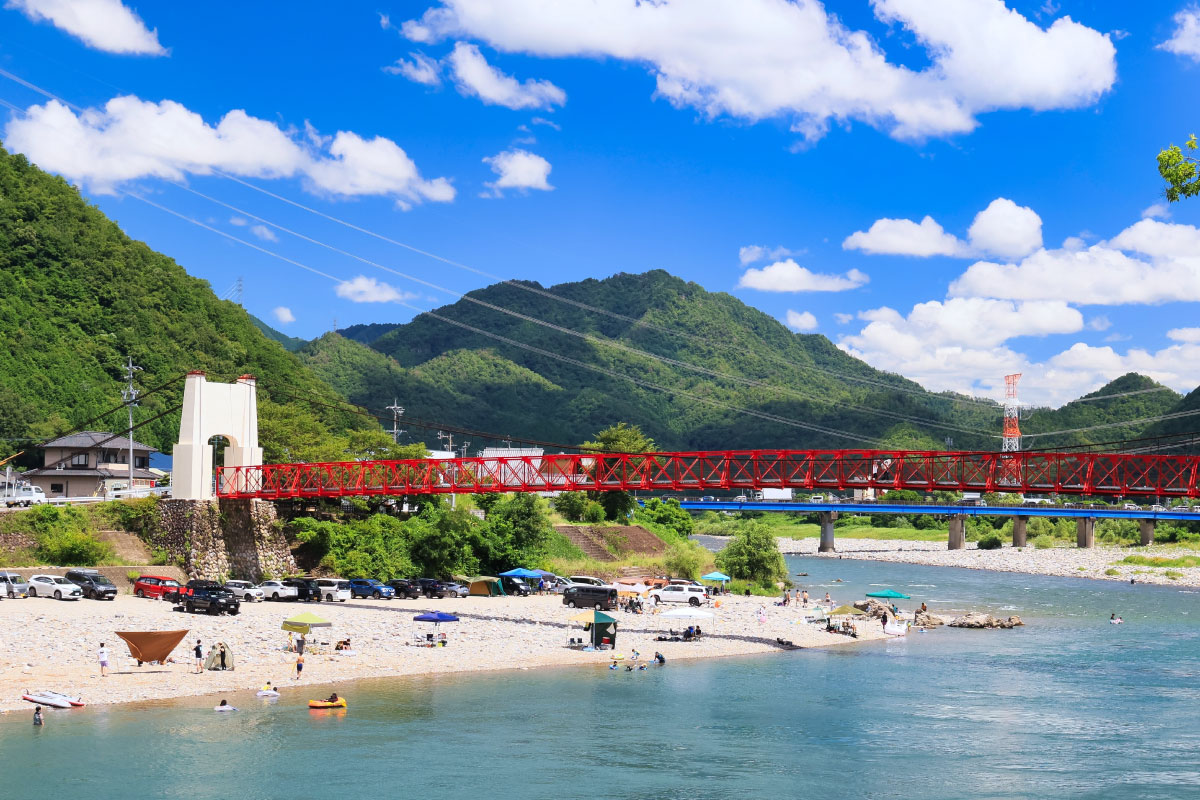
Nagara River
The Nagara River is one of the Japan’s three clearest rivers, which is essential for making Mino Washi.
-
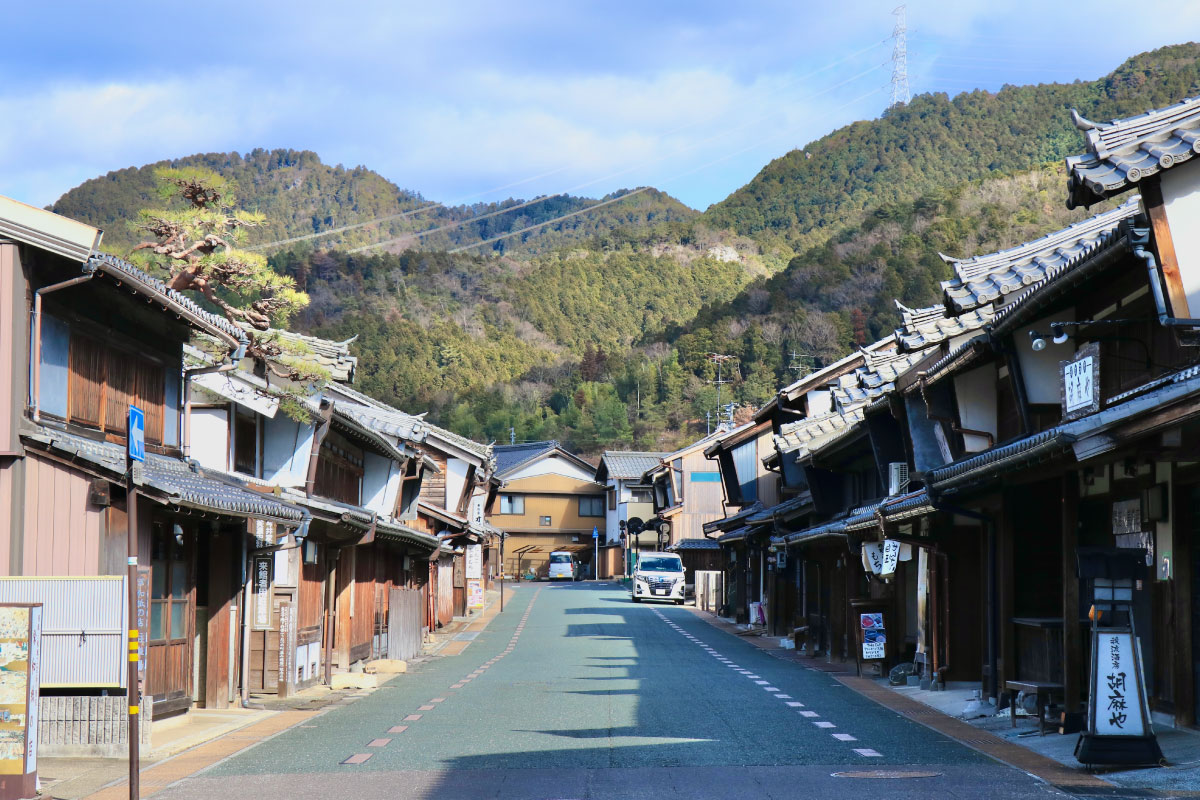
Udatsu Wall Historical District
Udatsu, which is firewall built at both ends of a roof, is a symbol of Mino Old Town, "Udatsu no Agaru Machinami".
-
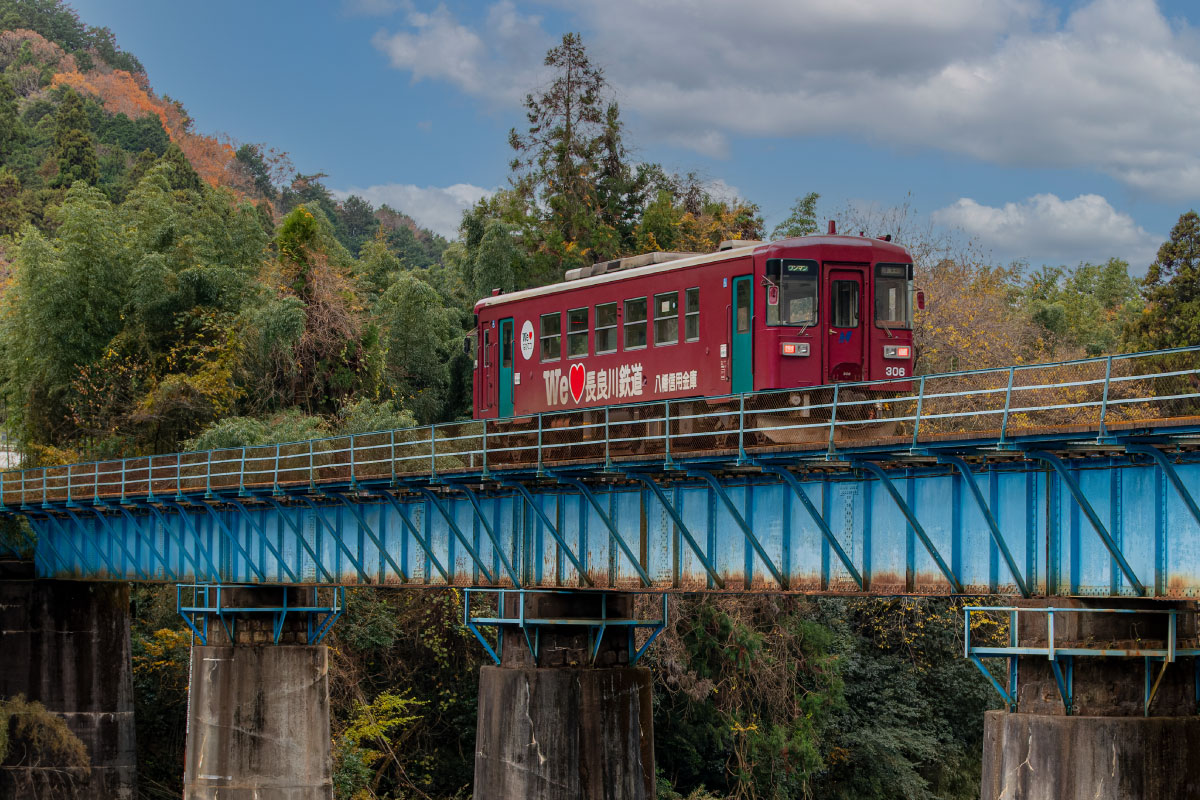
Nagara Railway
This railway runs along the Nagara River with large bridges and scenic spots.
The train window scenery changes with the seasons. -
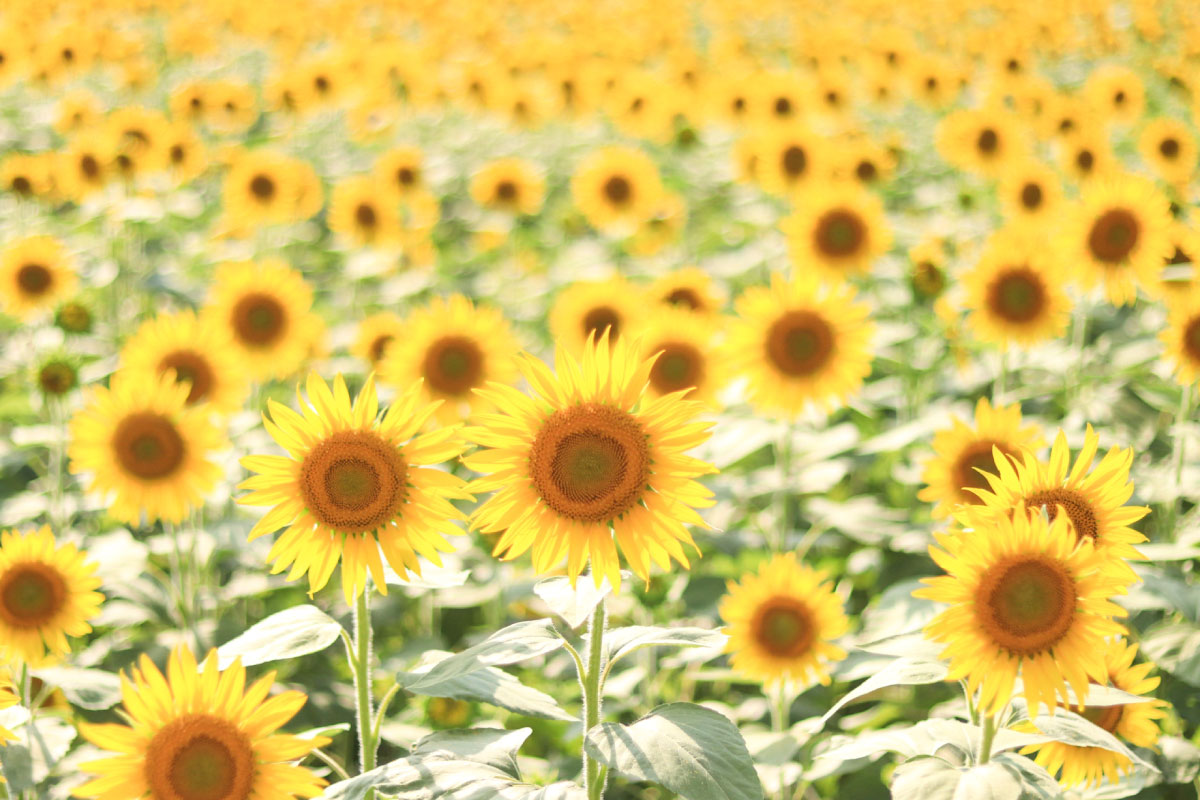
Suhara Himawari no Sato
This is a photogenic flower garden spread out in a mountainous region, where you can enjoy the seasonal flower garden nemophila, sunflowers, cosmos, canola flowers and so on.
-
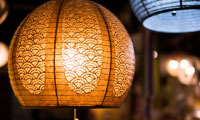
Mino Washi
-
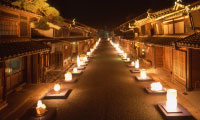
Mino Washi Lantern Art
-
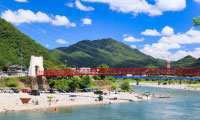
Nagara River
-
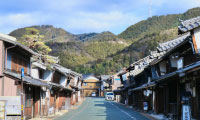
Udatsu no machinami
-
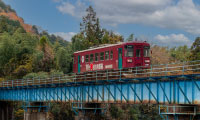
Nagara Railway
-
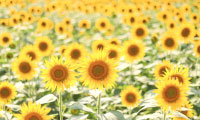
Suhara Himawari no Sato

